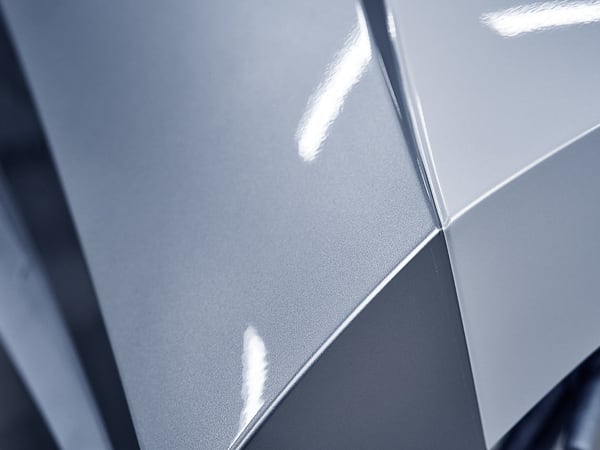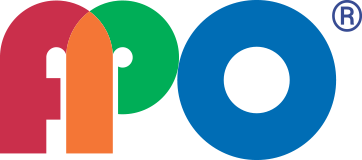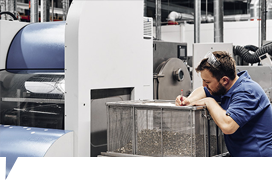APO PWIS-free cleaning
THIS IS HOW WE OPERATE
In order to be able to remove PWIS sources in a targeted and economical manner, cleaning processes must be adapted as well as possible to the existing requirements for PWIS-free or PWIS-compliant components. We therefore appraise the condition, geometry and degree of contamination of all components prior to cleaning.
APO’s PWIS cleaning process, a combination of wet-chemical cleaning with low-pressure plasma technology, allows for optimal adaptation to the individual components and their contamination and thus offers the ideal prerequisite for fulfilling PWIS conformity requirements and passing subsequent coating compatibility tests.
THE PWIS-FREE CLEANING PROCESS

WET-CHEMICAL CLEANING
All component surfaces are cleaned of contamination using wet-chemical processes, provided their materials and properties permit this.
Based on experience, the cleaning time and intensity, as well as the temperature and cleaning additives, are optimised to suit the component and the requirements. Wet-chemical cleaning serves as the basis for downstream, intensive low-pressure plasma cleaning.
PLASMA CLEANING
The intensive cleaning of components with low-pressure plasma enables the fulfilment of high PWIS cleanliness requirements. Depending on the material, it also penetrates deep into the component and thus offers a long-lasting cleaning effect, especially for elastomer components, without damaging the materials.
By using the most modern, patented low-pressure plasma technology, we are able to reduce cleaning times and therefore costs to a minimum without stressing the components or having to tolerate losses in cleaning effectiveness.
The definition of PWIS conformity for a specific application pays off thanks to the correspondingly cost-effective cleaning processes.
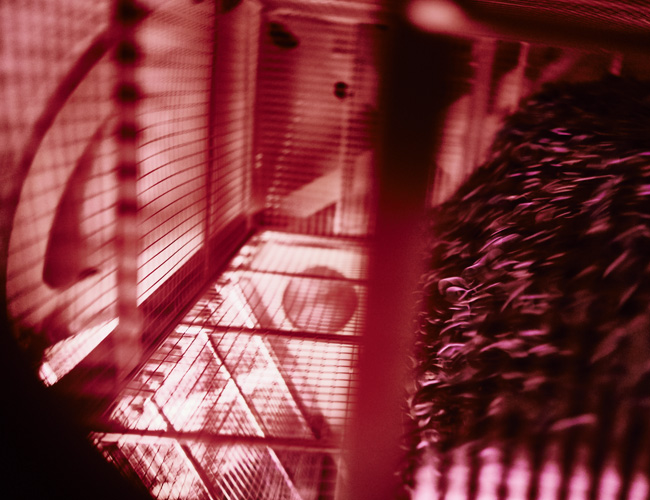

THE RESULT – THE TEST
Depending on the requirements, different, previously defined coating compatibility tests are carried out.
Provided the tests for paint wetting impairment substances are tailored to small parts, as described in PV 3.10.7 or VDMA 24364, for example, they can usually be carried out directly after cleaning at our premises.
HOW CAN A PRODUCT BE TESTED FOR PWIS FREE OR PWIS COMPLIANCE?
The VDMA standard sheet 24364 is available here.
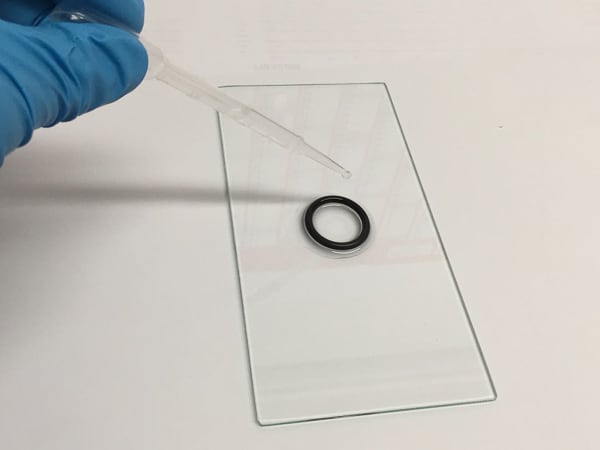


The VDMA standard sheet 24364 for testing products for paint wetting impairment substances, in contrast, takes into account where and how a product is used in coating operations. The test classes listed and thus the sample collection are adapted to the intended use of a product. Tests that are too rigorous, too weak or unsuitable are therefore excluded. By combining the test classes, it is also possible to test products that are used in a variety of ways.
Costs can be saved, particularly when cleaning small elastomer parts (e.g. seals), if the required cleanliness level of the products is defined as precisely as possible in advance using the zones, product groups and test classes of VDMA 24364. Unnecessary cleaning expenditure can thus be avoided and cleaning can be carried out sensibly, economically and ecologically.
We at APO GmbH are at home in the world of coating
and will be happy to advise you in detail on cleaning and testing options for clean solutions for your small components.

